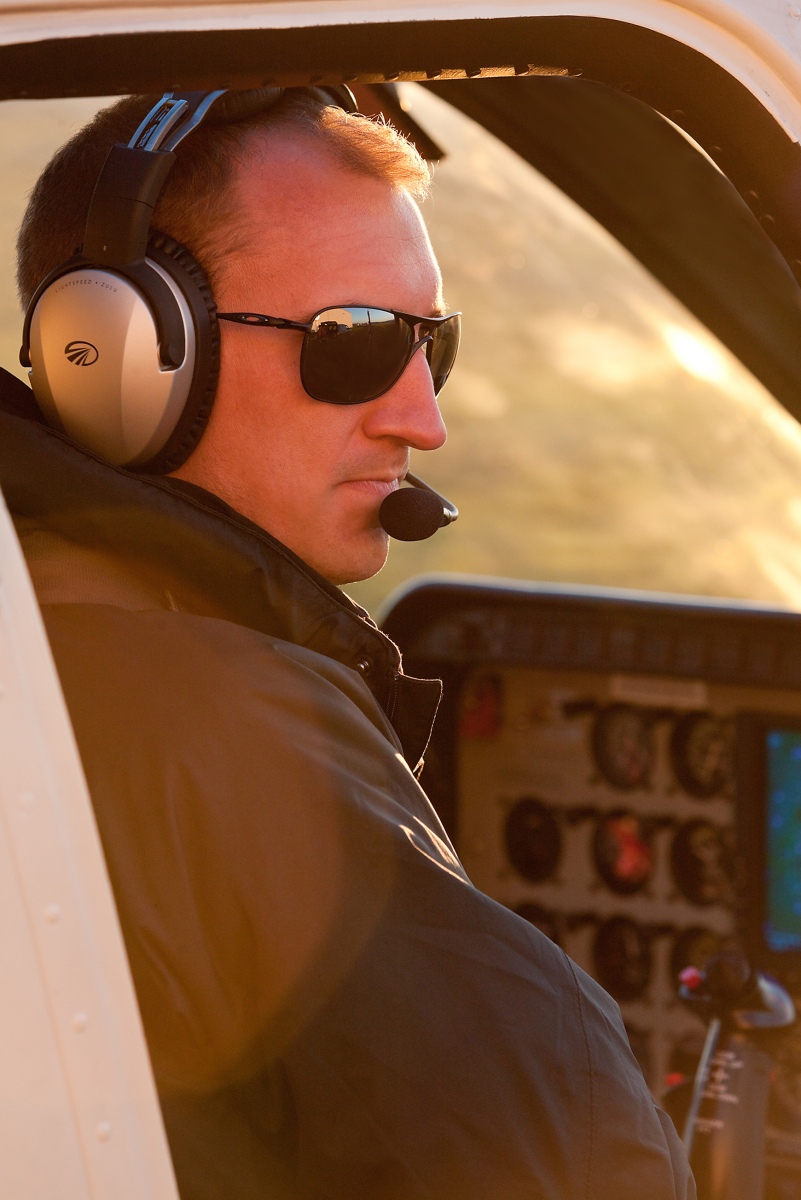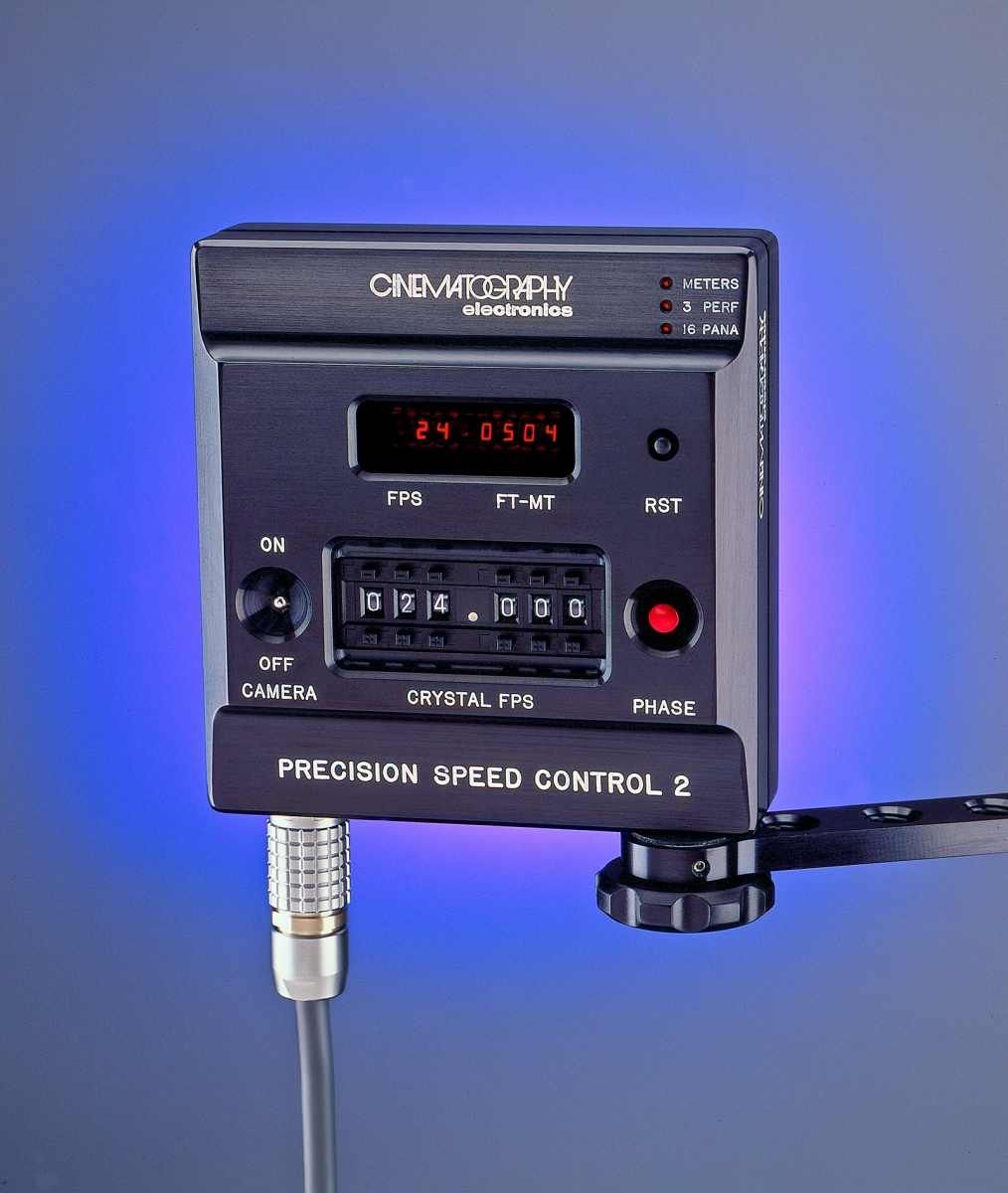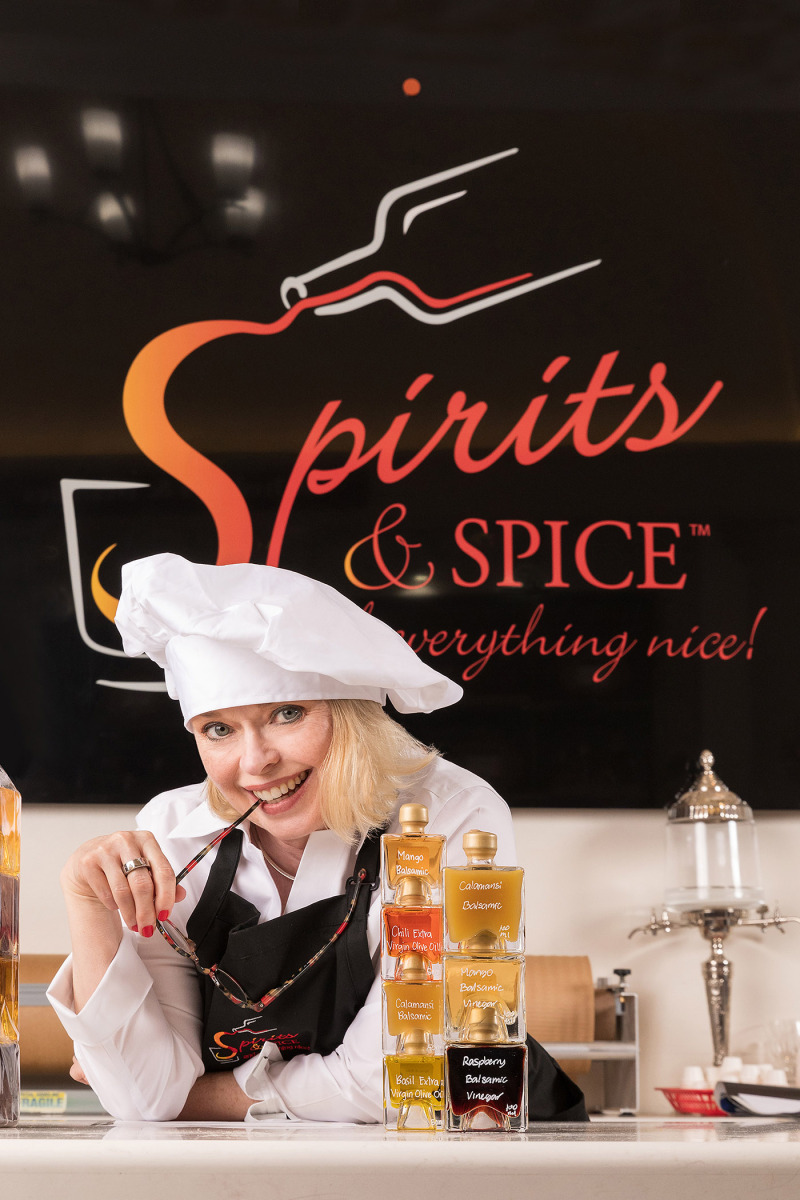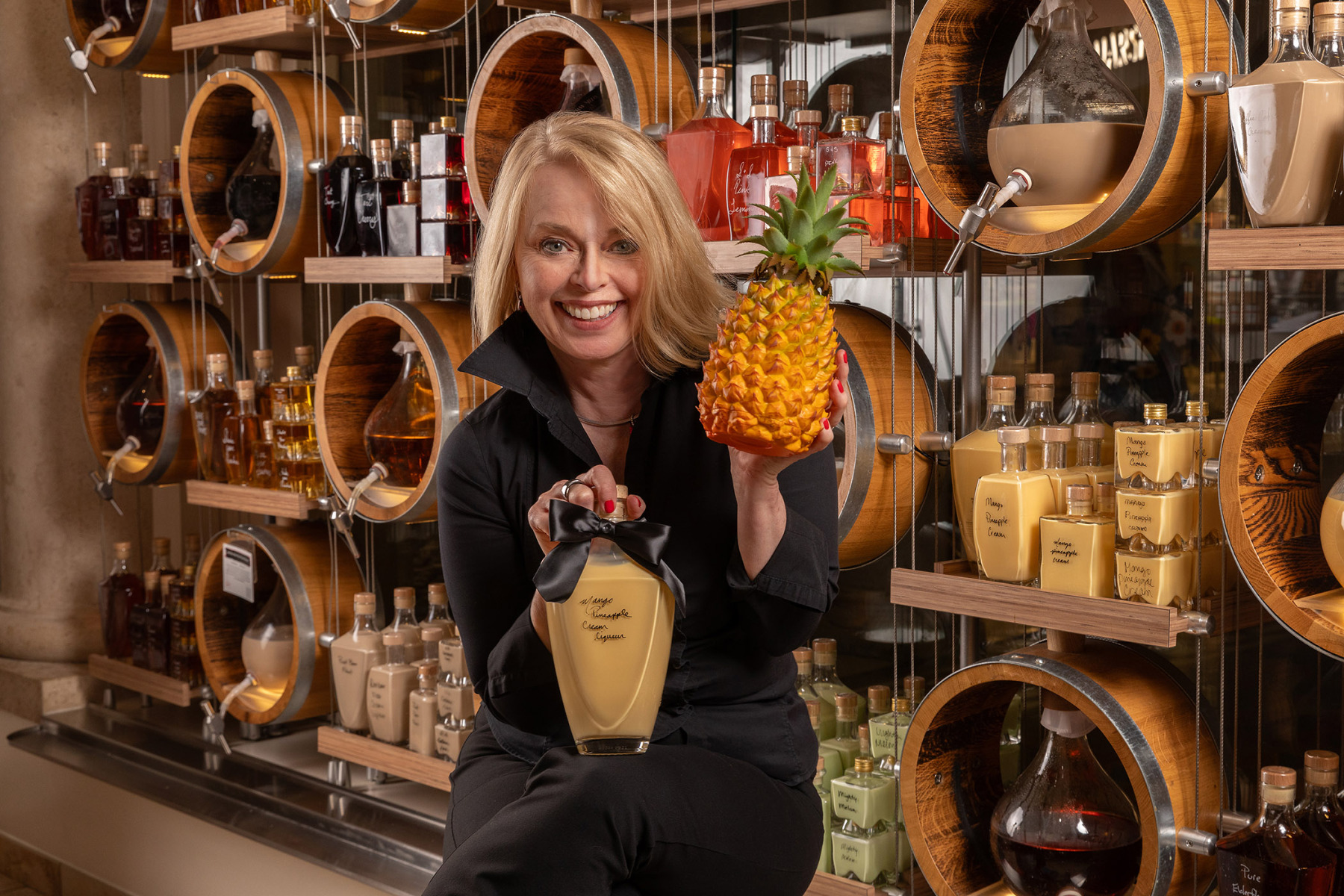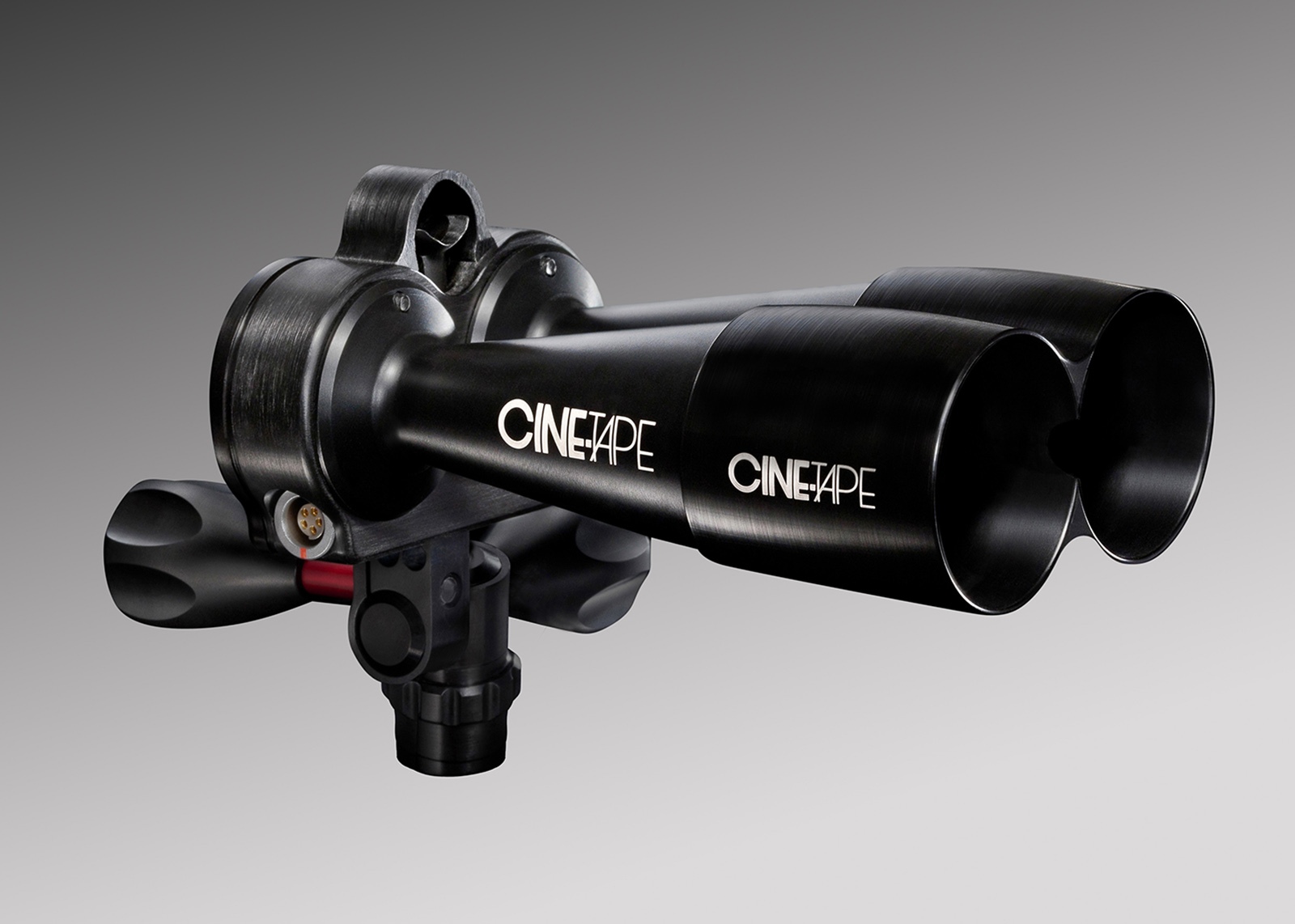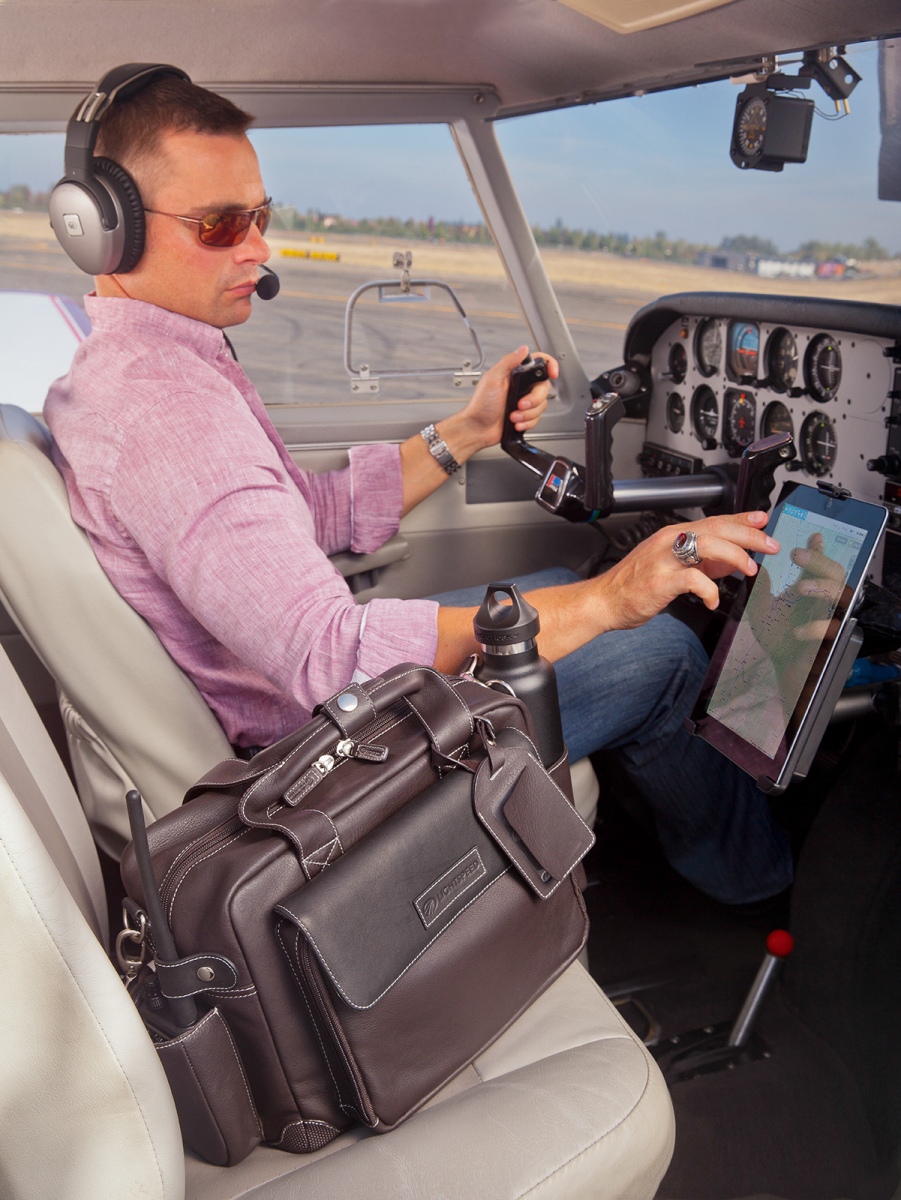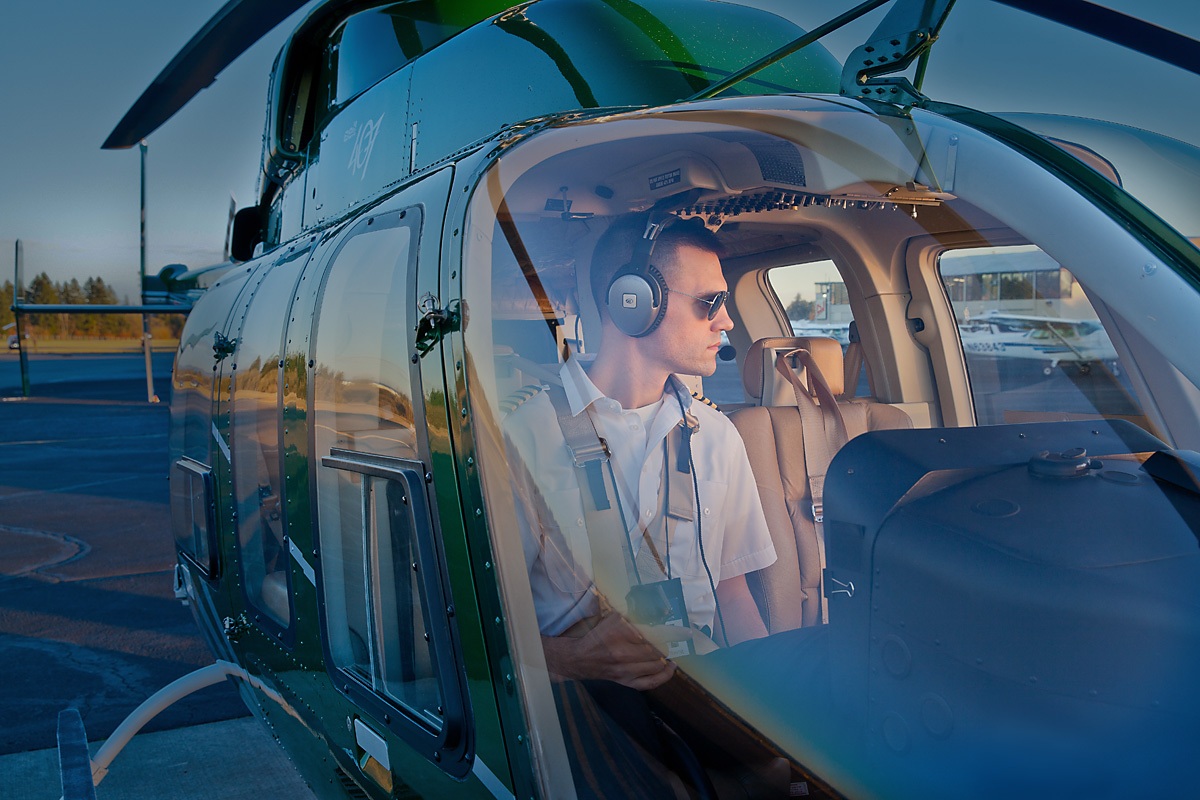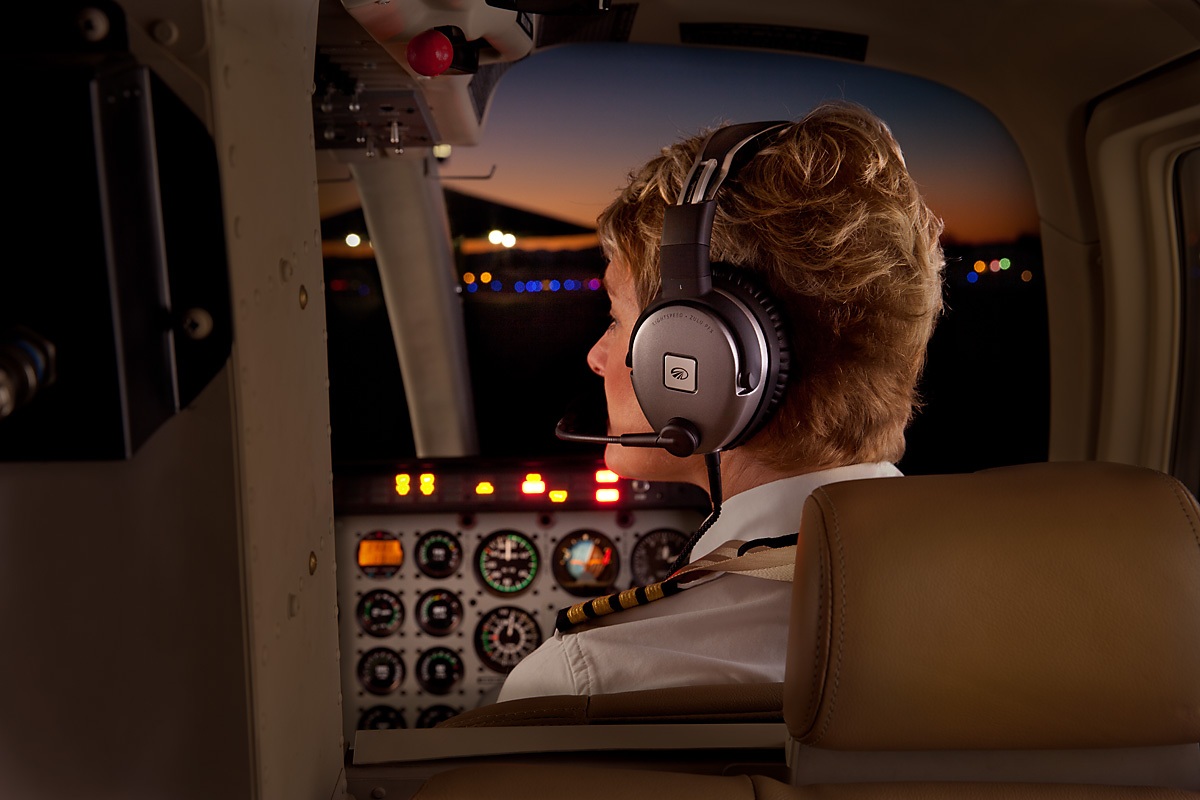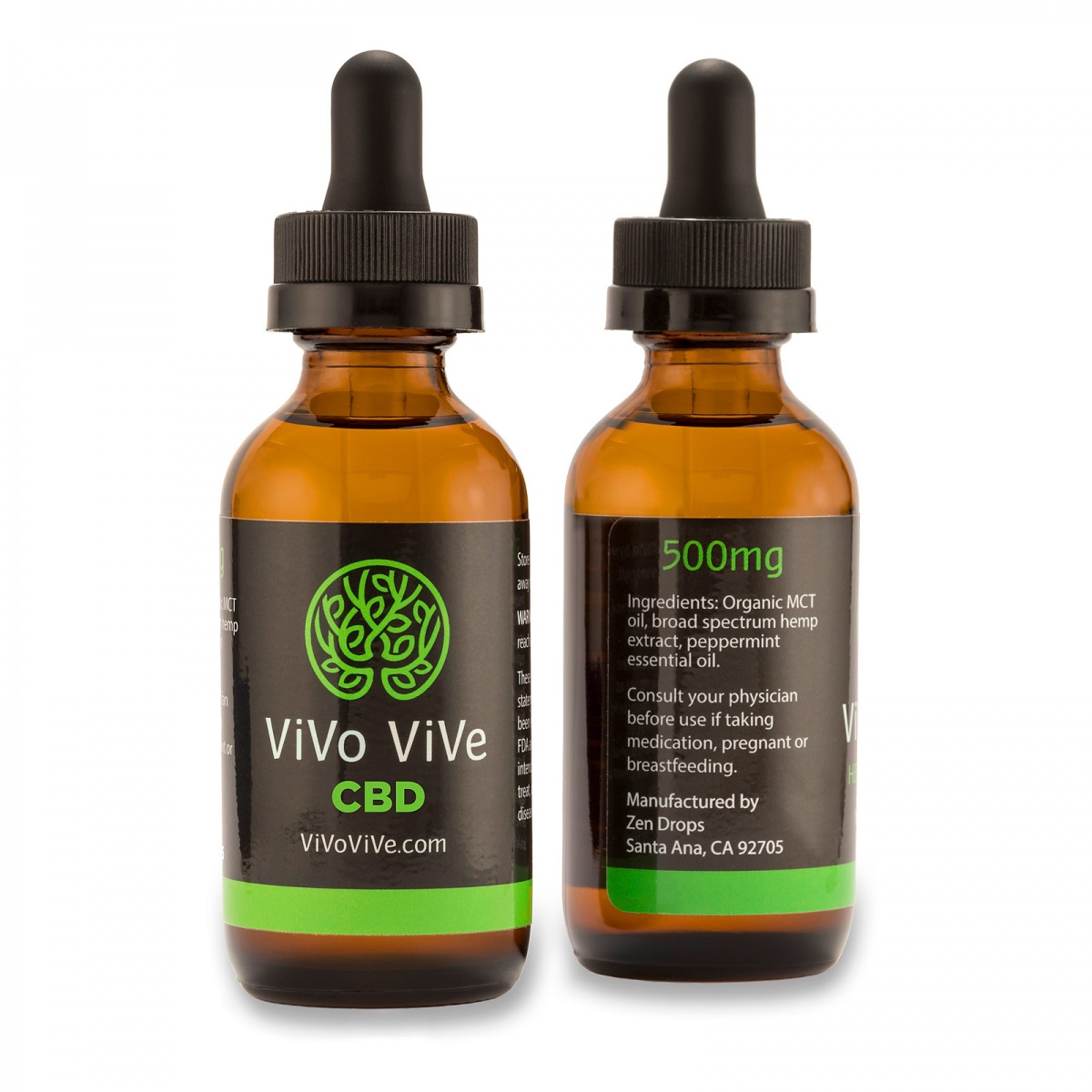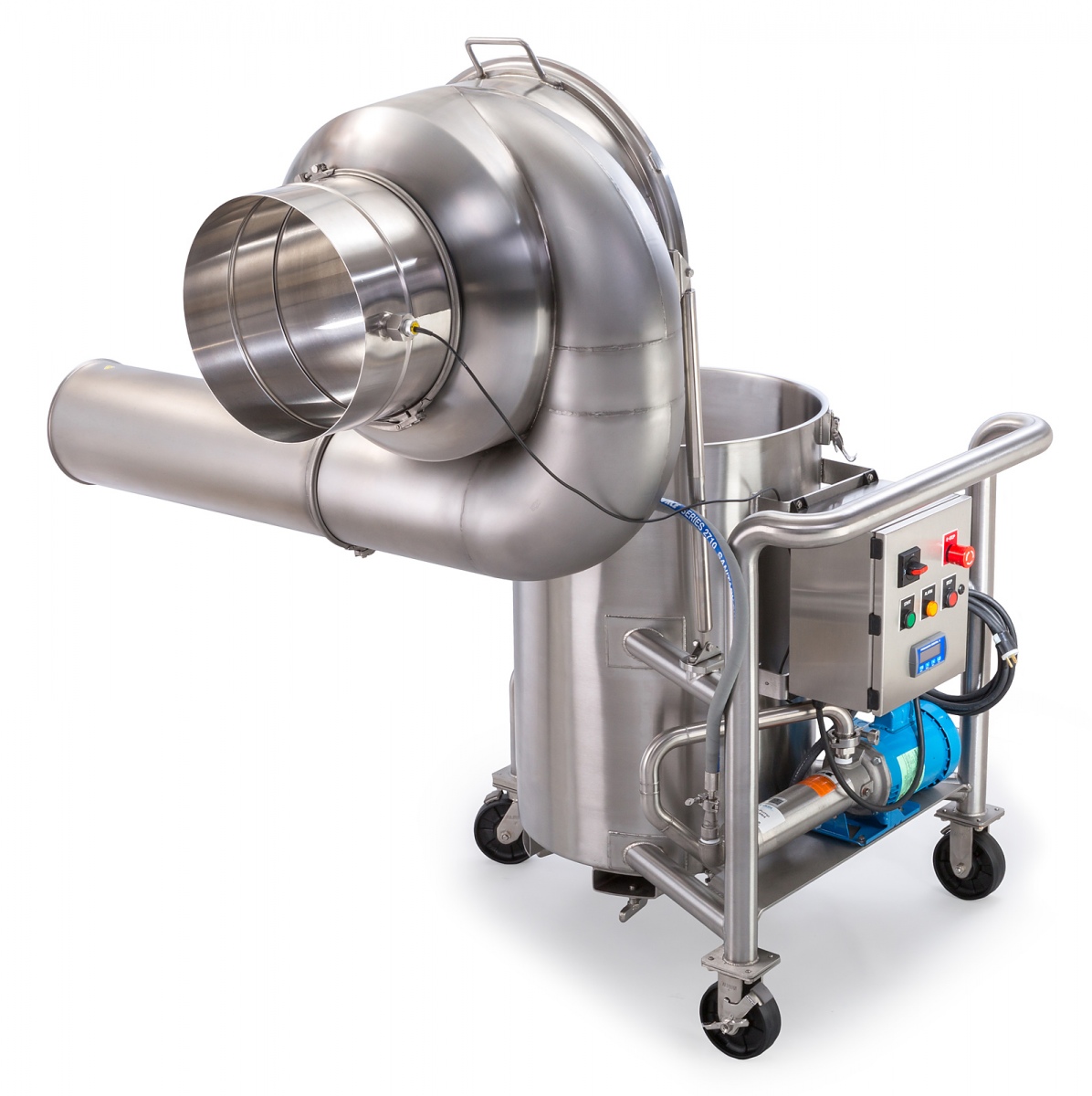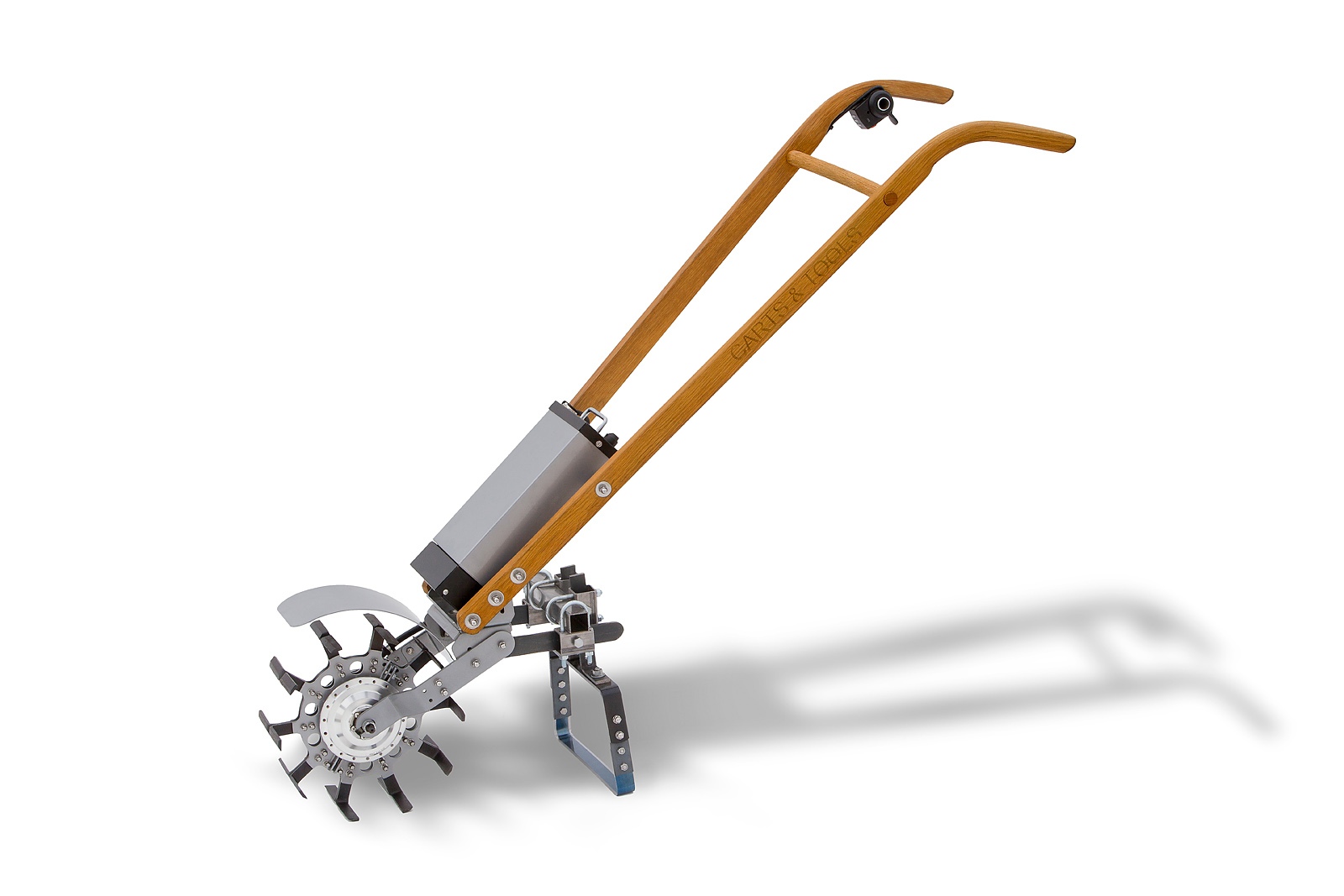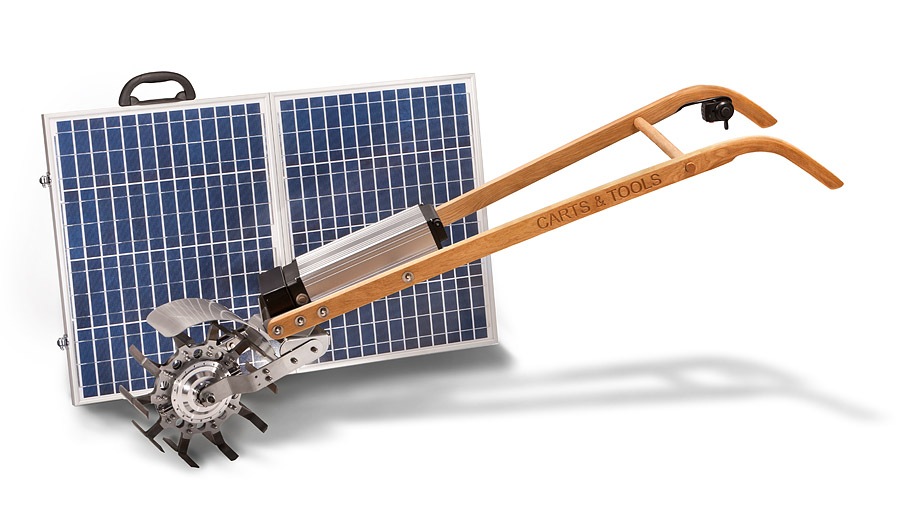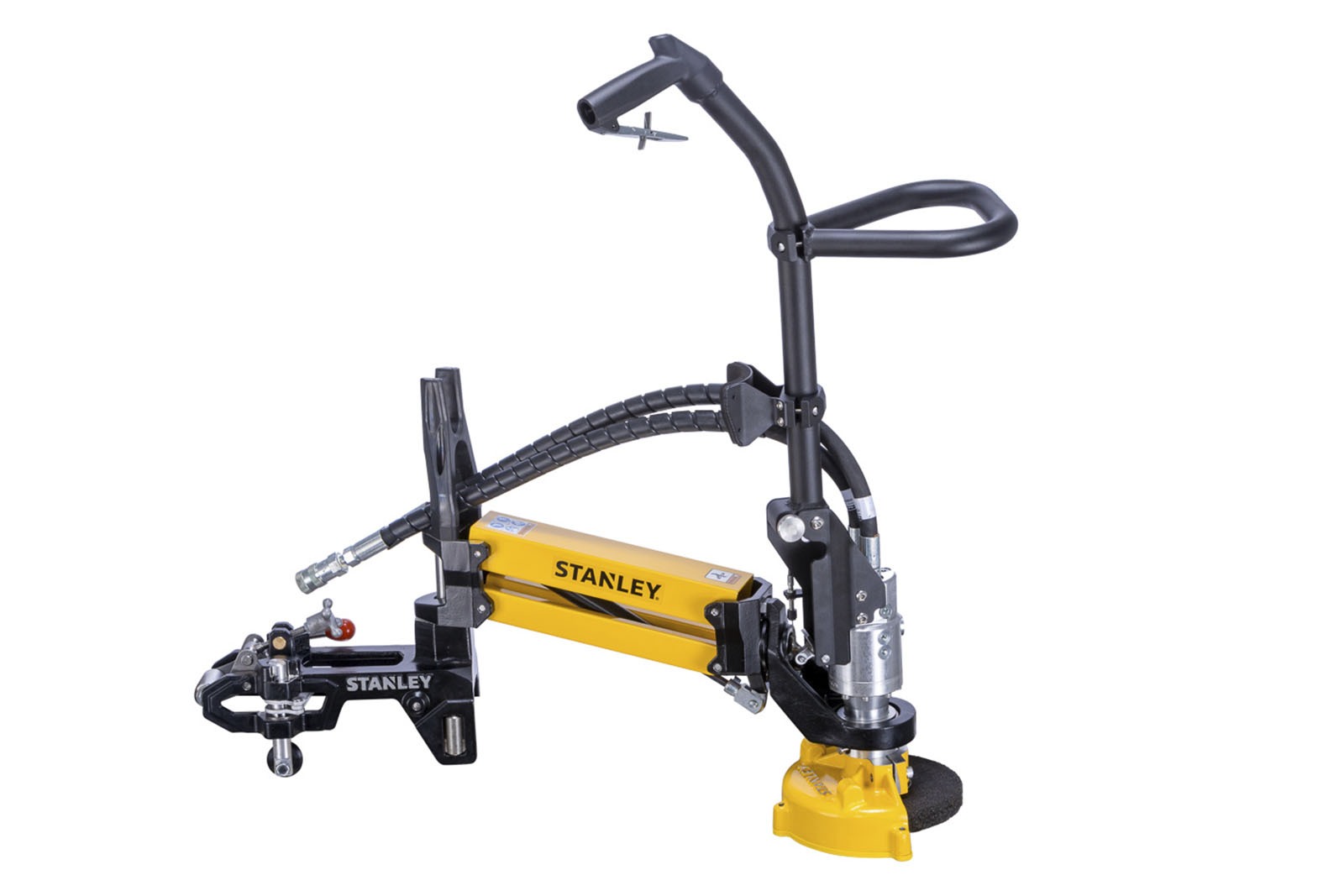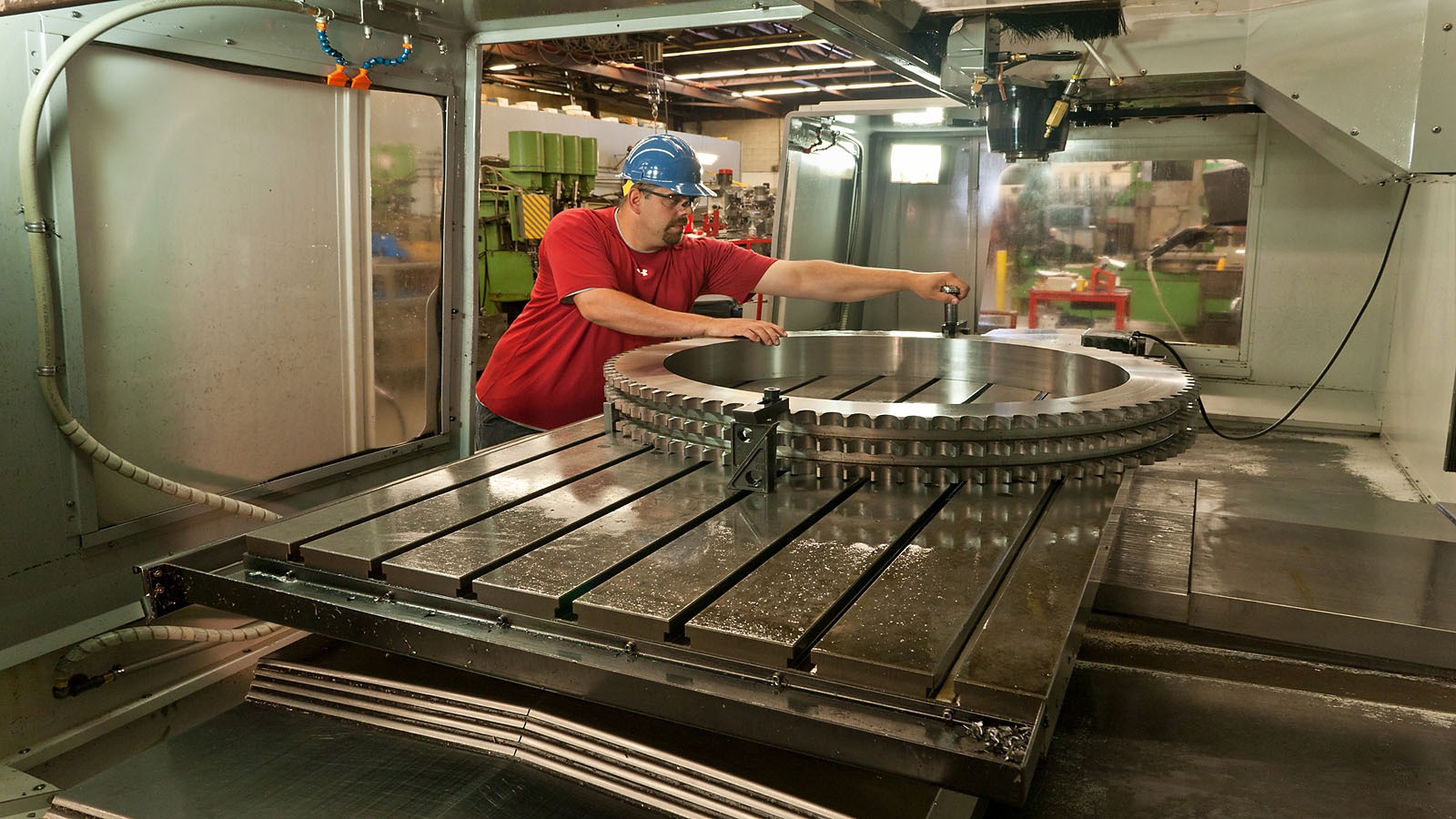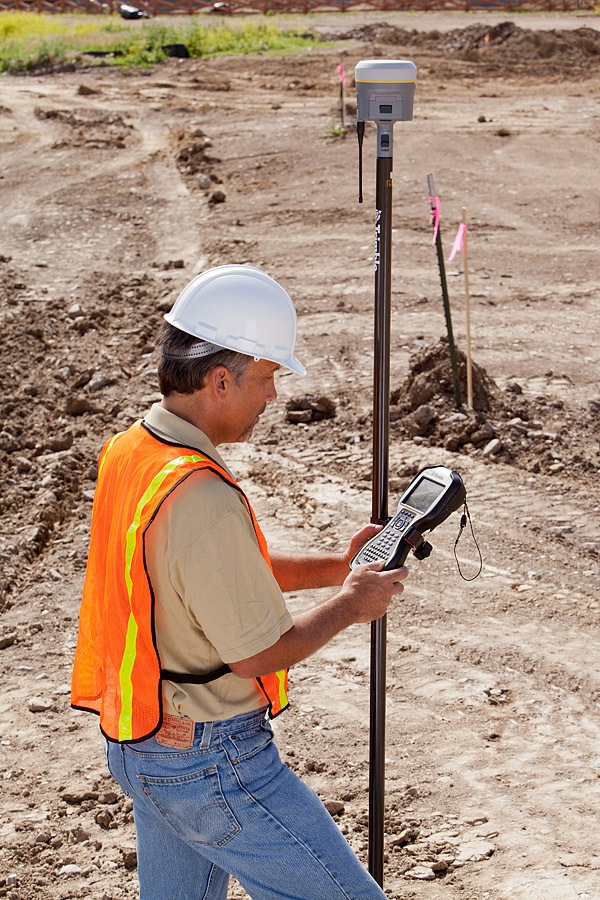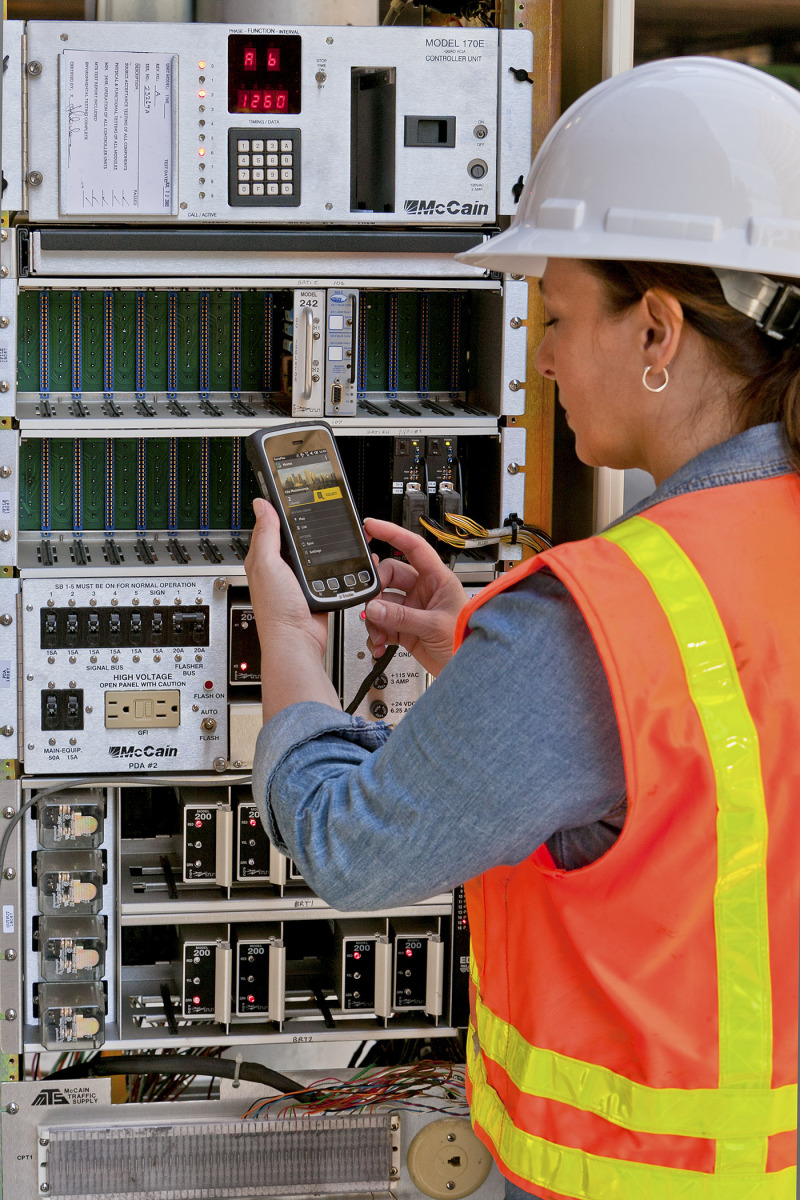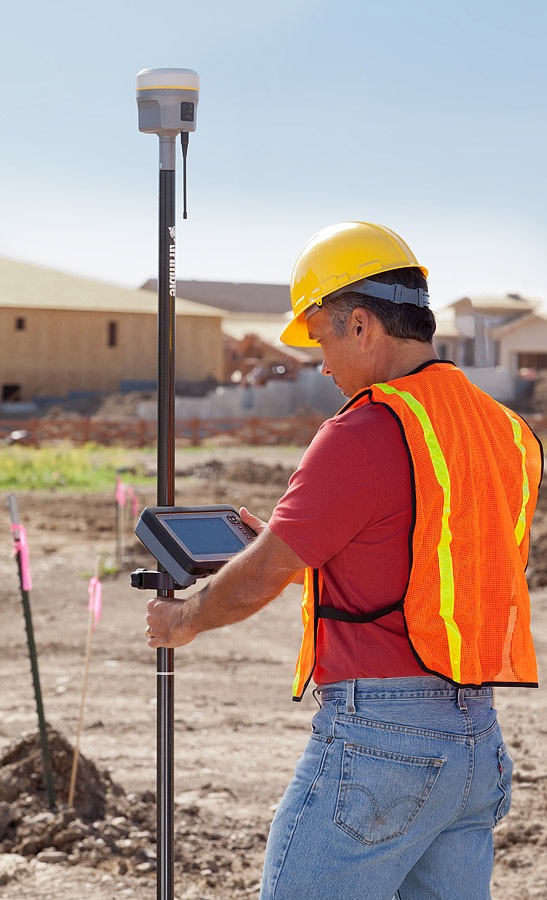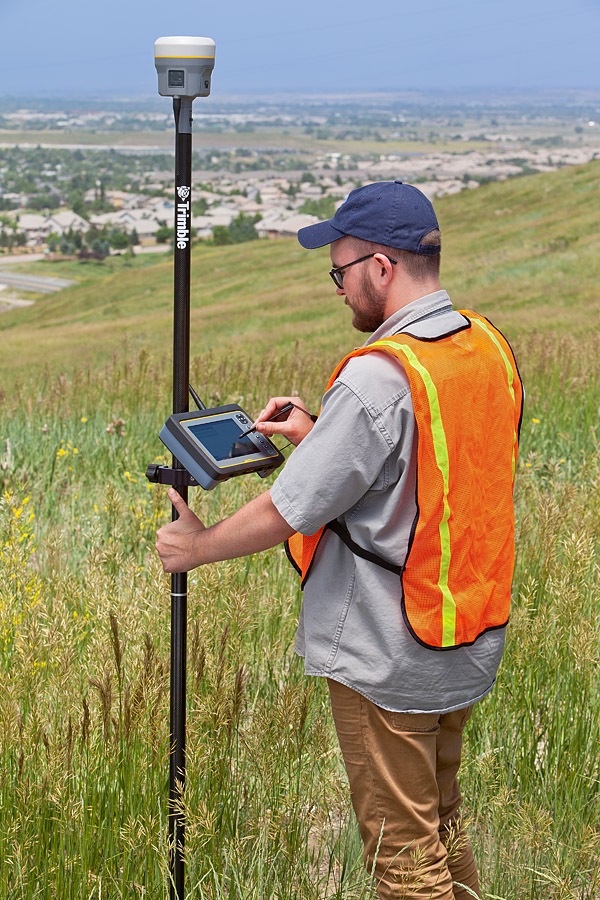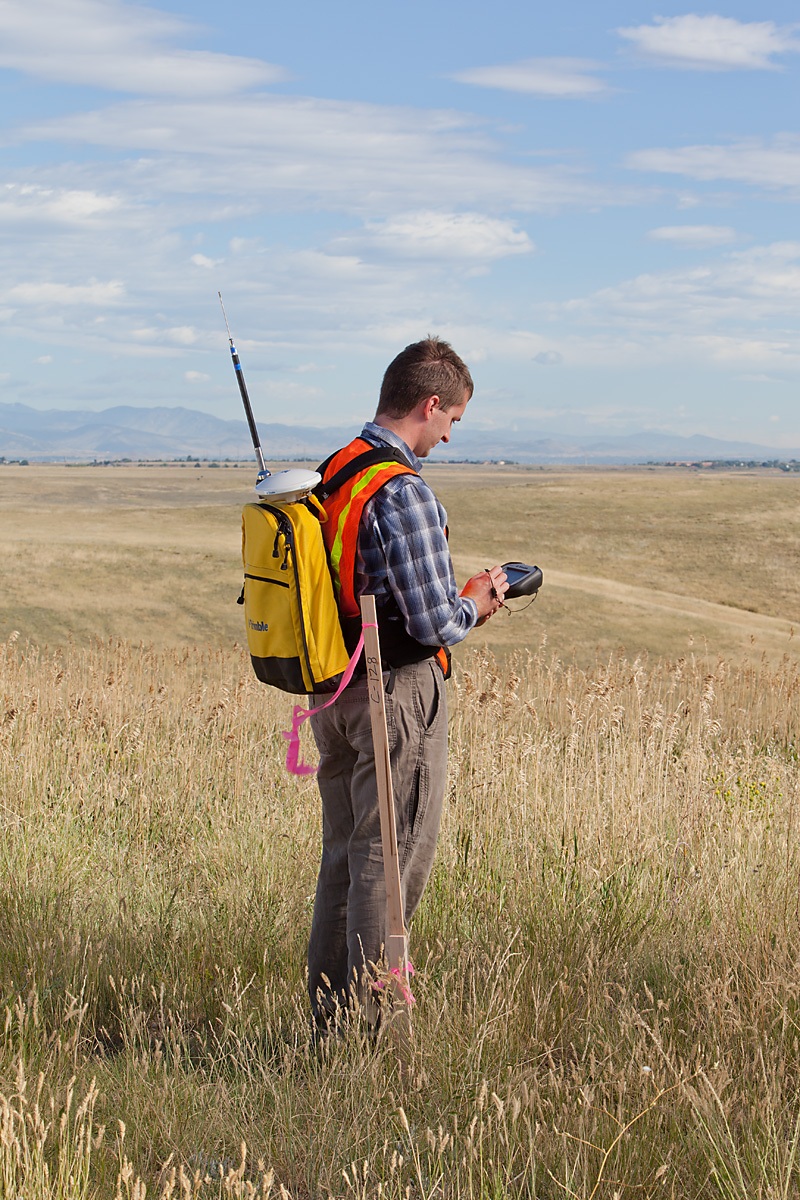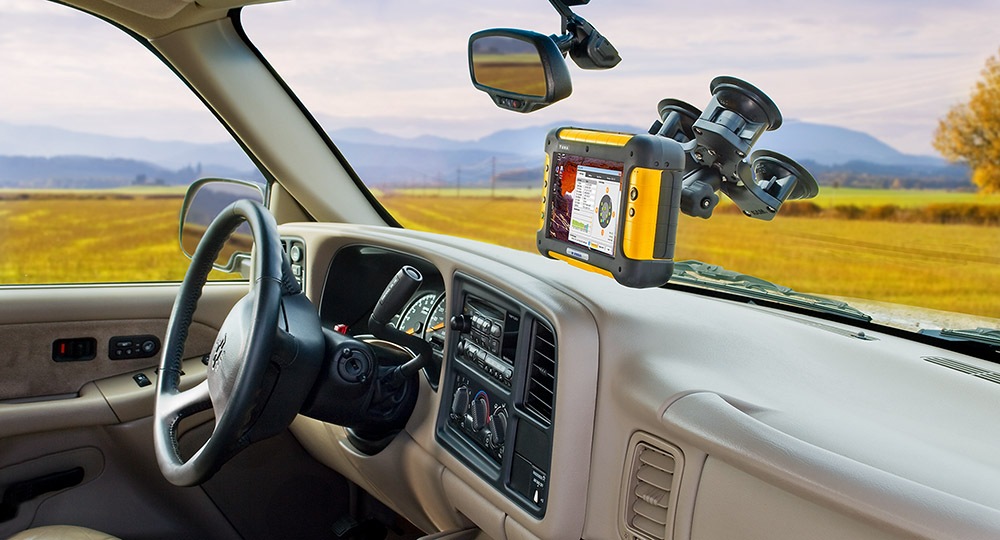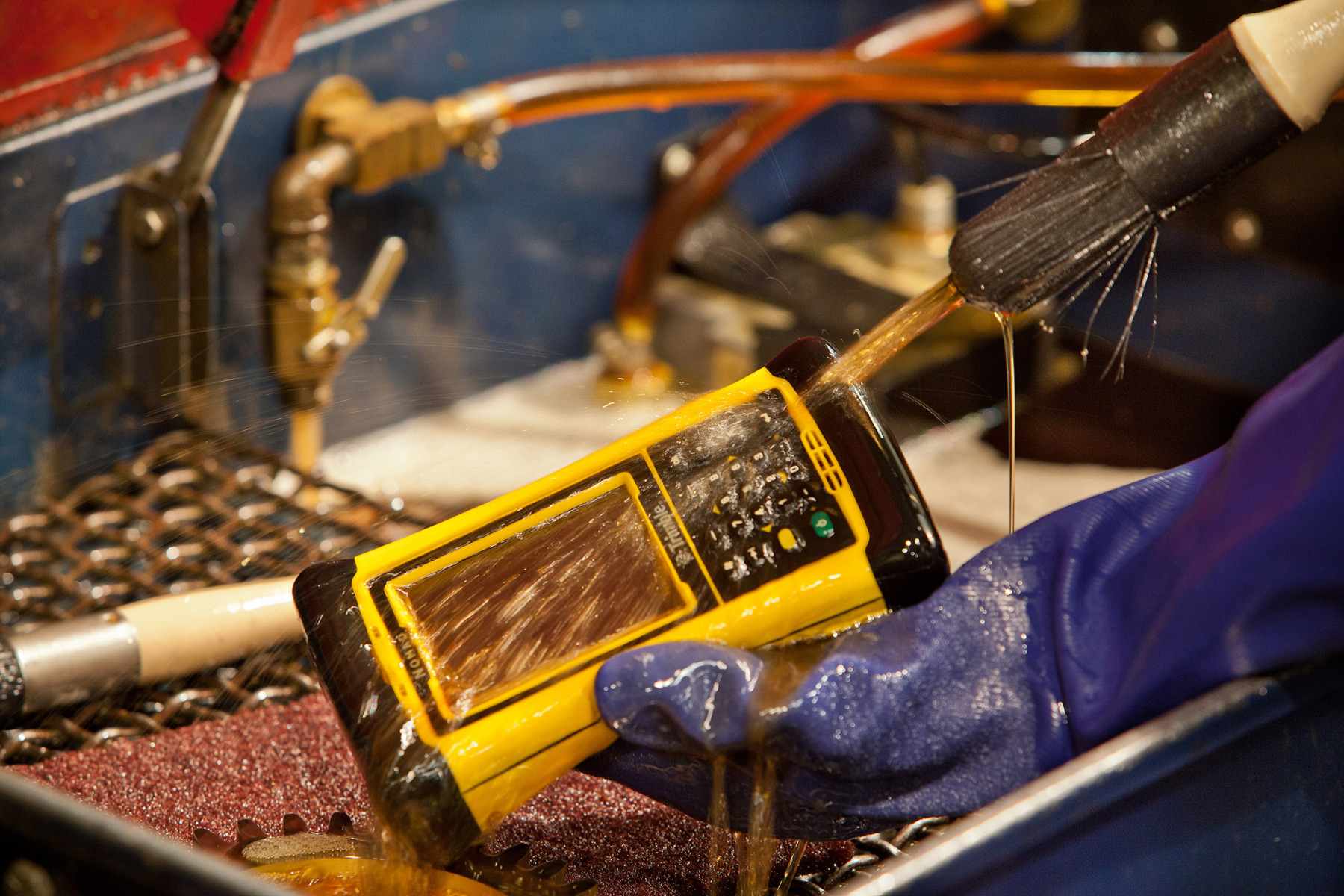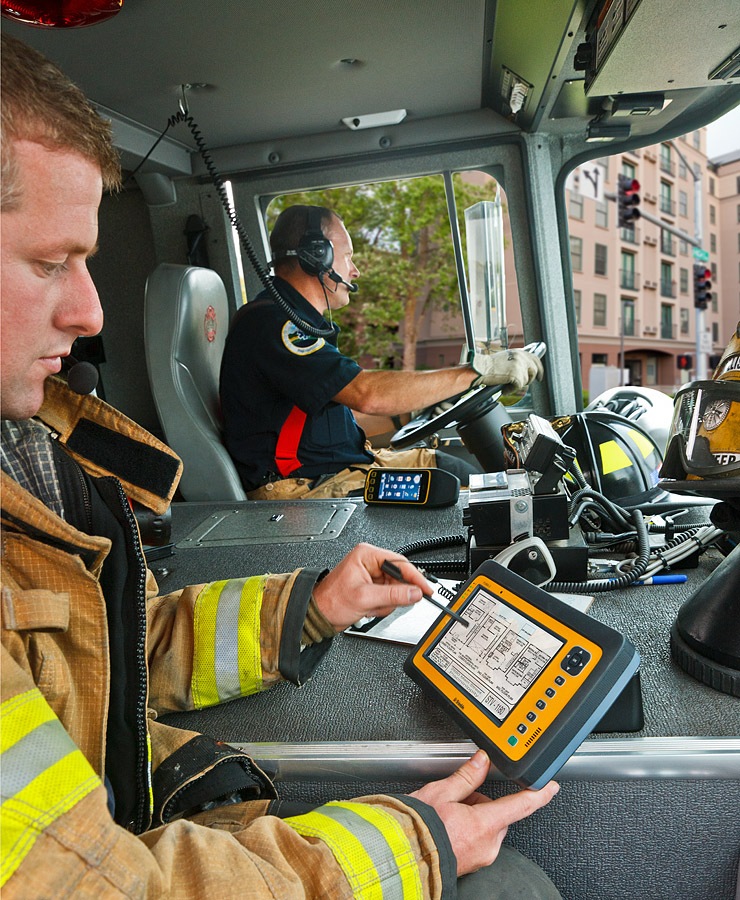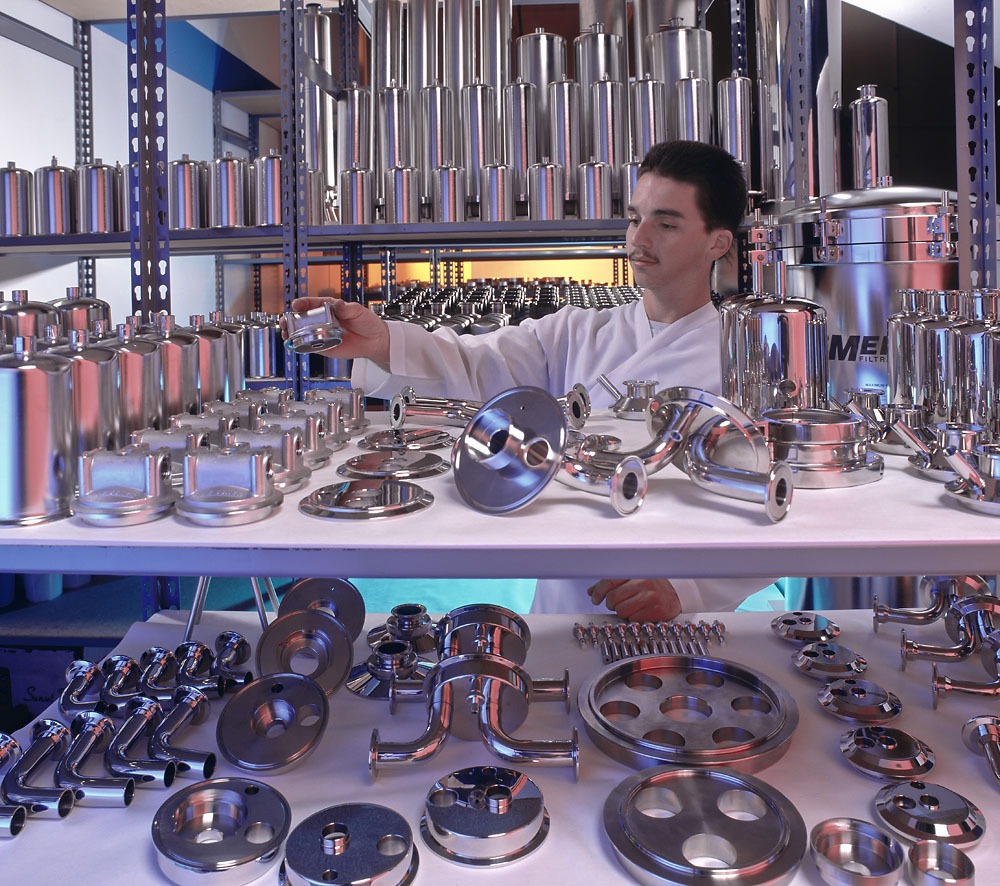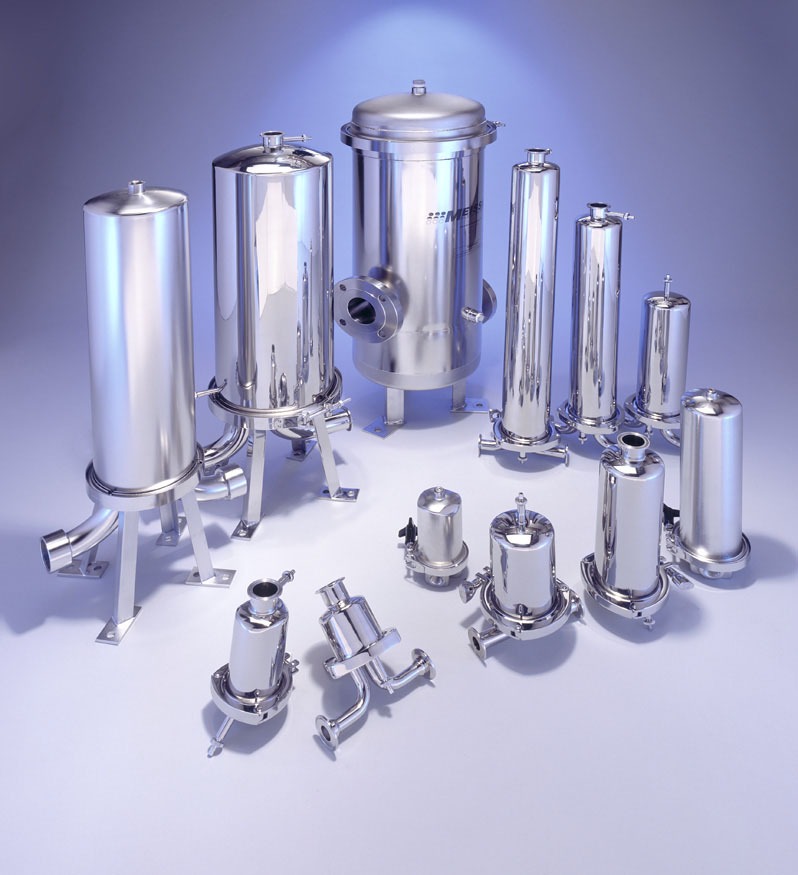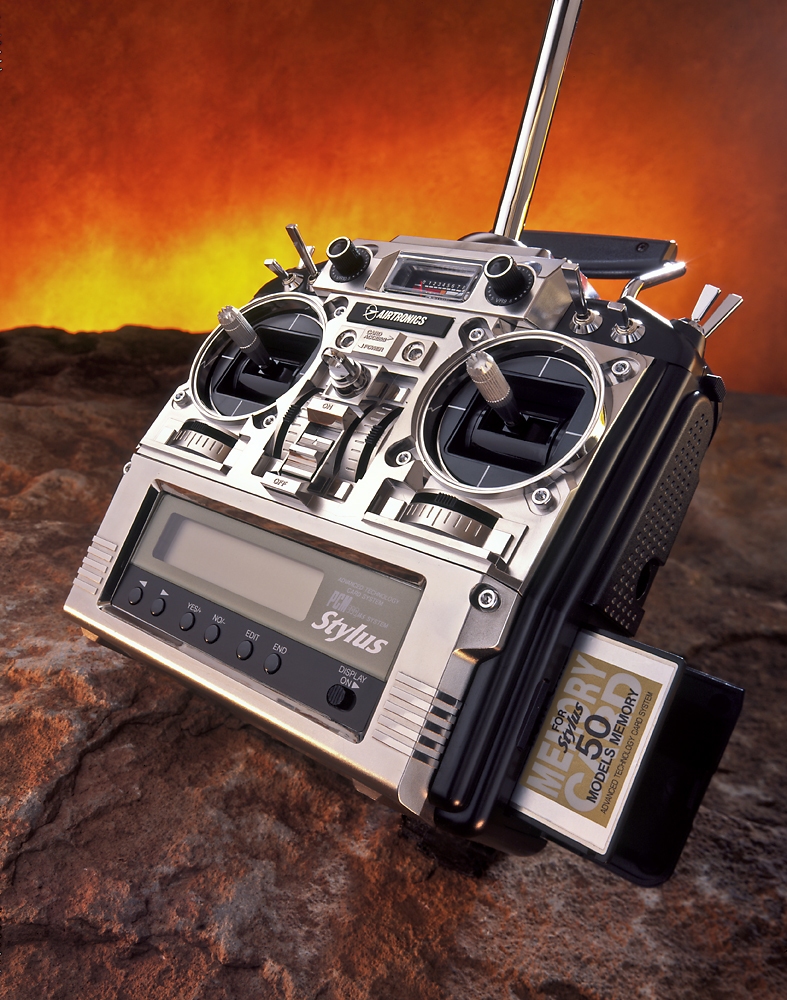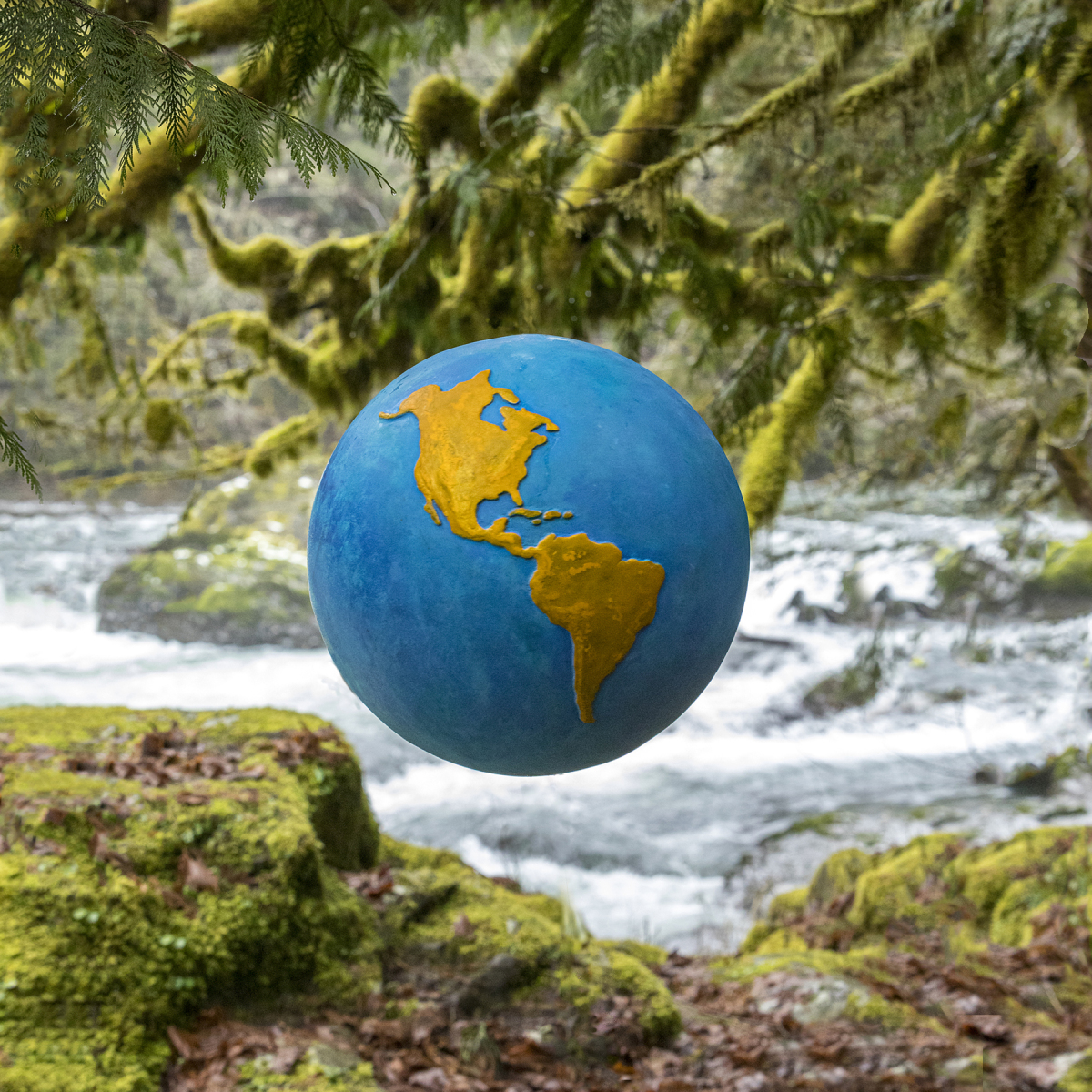Bassett Studios Product Photography
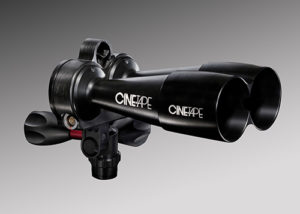
Product photography for advertising and marketing can be divided into two categories. Products photographed on a plain surface or background, like for Amazon sales, and products photographed in an environment or in a setting with props in the studio or on location.
Product photography can be a tricky task as there is no one-size-fits-all approach. As a commercial photographer, I have implemented various settings, backgrounds, lighting, and perspectives that are the supporting cast to capture the perfect shot. And it is essential to ask clients about the message they would like to convey through their product picture. I call that consensus.
Setting up the view from a low angle and coming in tight with a long lens will help the product appear more ‘heroic’ and impressive. Important because we are in tight and looking up. Subtle distinctions that may not be apparent in the final result but are ‘seen’ subconsciously by our consumers nonetheless. Other lens selections, for the other approaches to location and studio shots will be based on where and how you want the product photography to appear when you are complete. Think heroic and out in front as a good general guide.
For instance, Amazon Marketplace requires a white background, good lighting, a zoomed-in shot, and nice shadows. On the other hand, photographing specialized machines requires showing operational functions, a well-lit environment, and a rotation of the product. When it comes to expensive instruments, an elevated camera angle, compressed field of view, and elegant lighting help to bring out the best in the product’s image.
Lighting is next and we are all familiar with light modifiers such as umbrellas light boxes and even lighting tents. I prefer to have the freedom to move my source lights at any angle or direction, behind the diffuser, that I choose. And typically choosing in my experiences to be placed coming in from the most flattering directions. I use scrims with either a full soft diffusion or what is commonly called a shower curtain, which is much thinner. Now I can load up the front of the set with my lights and they will cover the whole front of the product and still appear to have a single side source. For taller items and bigger sets I might use the translum diffusion because it ‘hides’ the light sources, removing any unwanted bright spots on the glass surfaces.
Showing the product with good lens choices and good setting choices and with good lighting in whichever environment provides the target customer with a result that illustrates and reinforces the utility and benefit of the product. All along paying attention to the details helps create an emotional foundation for the consumer to buy, enjoy, and use the product.

